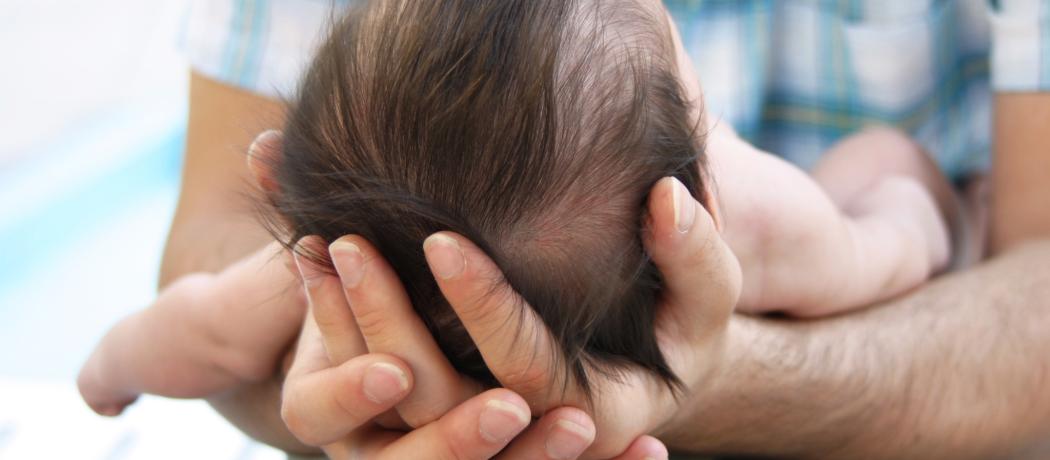Akathisia: Understanding the Unsettling Feeling of Restlessness
Akathisia is a distressing movement disorder characterized by a persistent and overwhelming sense of inner restlessness, often accompanied by an uncontrollable urge to move. This condition can significantly impact a person’s quality of life, causing physical discomfort, emotional distress, and difficulty with daily activities. In this comprehensive guide, we’ll explore the causes, symptoms, diagnosis, and treatment options for akathisia, shedding light on a condition that often goes unrecognized and misunderstood.
What is Akathisia?
Akathisia is a neurological condition that manifests as a subjective feeling of inner restlessness, accompanied by an urge to move constantly. This feeling is not simply fidgeting or nervousness; it’s a deeply uncomfortable sensation that can be profoundly distressing. People with akathisia often describe it as an irresistible need to pace, shift positions, or move their legs.
Types of Akathisia
There are two main types of akathisia:
- Acute Akathisia: This type occurs shortly after starting or changing a medication, typically within days or weeks. It is often more severe and can resolve once the medication is discontinued or adjusted.
- Chronic Akathisia: This type persists for months or even years, often associated with long-term use of certain medications or underlying neurological conditions.
Causes of Akathisia
Akathisia can be caused by various factors, including:
- Medication-Induced Akathisia: The most common cause is the use of antipsychotic medications, particularly the first-generation (typical) antipsychotics. Other medications that can trigger akathisia include antidepressants, antiemetics, and certain calcium channel blockers.
- Neurological Conditions: Akathisia can be a symptom of underlying neurological disorders like Parkinson’s disease, Huntington’s disease, and multiple sclerosis.
- Withdrawal from Substances: Abrupt withdrawal from certain medications or substances, such as benzodiazepines or opioids, can also induce akathisia.
Symptoms of Akathisia
The primary symptom of akathisia is an intense feeling of inner restlessness. This feeling can be accompanied by a variety of physical and behavioral manifestations, including:
- Restlessness: An inability to sit still, constant fidgeting, pacing, rocking back and forth.
- Urge to Move: An overwhelming urge to move the legs, often described as a feeling of ants crawling under the skin.
- Anxiety and Irritability: Feelings of anxiety, irritability, and agitation can accompany the restlessness.
- Sleep Disturbances: Difficulty falling asleep or staying asleep due to the constant urge to move.
- Depression: The chronic discomfort and social isolation associated with akathisia can lead to depression.
Diagnosis of Akathisia
Diagnosing akathisia can be challenging as there are no specific lab tests or imaging studies. Diagnosis relies heavily on a thorough clinical evaluation, including:
- Detailed Medical History: The doctor will inquire about current medications, past medical conditions, and any history of substance use.
- Physical Examination: The doctor may observe for signs of restlessness and ask about the patient’s experience of inner turmoil.
- Rating Scales: Various rating scales, such as the Barnes Akathisia Rating Scale (BARS), can be used to assess the severity of akathisia.
Treatment of Akathisia
The treatment of akathisia depends on the underlying cause and severity of the symptoms. Common treatment approaches include:
- Medication Adjustment or Discontinuation: If akathisia is caused by a medication, the doctor may adjust the dosage, switch to a different medication, or gradually discontinue the offending drug.
- Medications for Akathisia: Certain medications, such as beta-blockers (propranolol), benzodiazepines (lorazepam), and anticholinergic drugs (benztropine), may be prescribed to manage akathisia symptoms.
- Non-Pharmacological Interventions: Relaxation techniques, such as deep breathing exercises and mindfulness meditation, can be helpful in managing anxiety and reducing restlessness.
Coping with Akathisia
Living with akathisia can be challenging, but there are ways to cope and improve quality of life:
- Seek Support: Talk to your doctor about your symptoms and explore available treatment options. Joining a support group can also be beneficial for connecting with others who understand the challenges of akathisia.
- Maintain a Healthy Lifestyle: Regular exercise, a balanced diet, and sufficient sleep can help manage anxiety and improve overall well-being.
- Stress Management: Practice relaxation techniques and find healthy ways to manage stress, as stress can exacerbate akathisia symptoms.
The Importance of Awareness
Akathisia is often underdiagnosed and undertreated. Raising awareness about this condition is crucial for both patients and healthcare providers. If you or someone you know is experiencing symptoms of akathisia, it’s important to seek medical attention and advocate for appropriate diagnosis and treatment. With proper management, individuals with akathisia can significantly improve their quality of life and reduce the burden of this distressing condition.
Disclaimer: This blog post is for informational purposes only and should not be taken as medical advice. Always consult with a healthcare professional for diagnosis and treatment.

